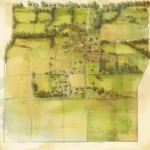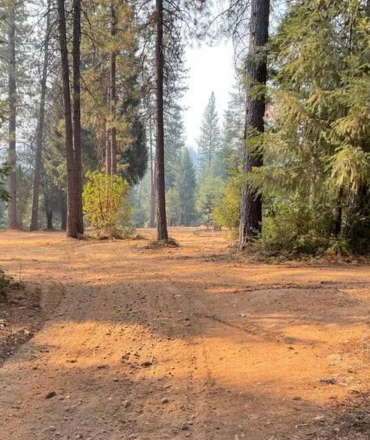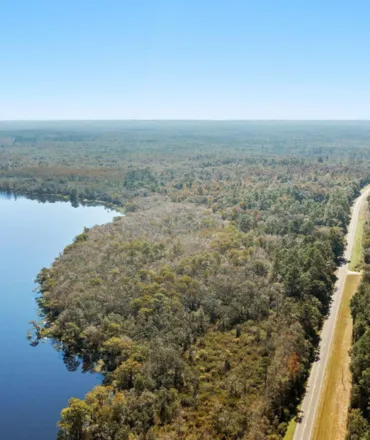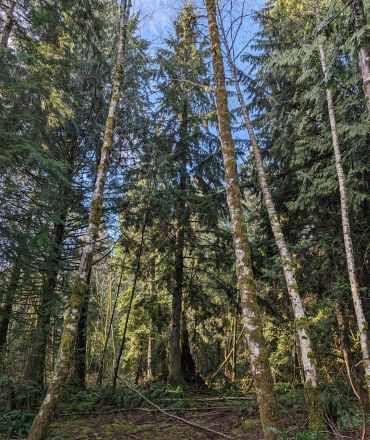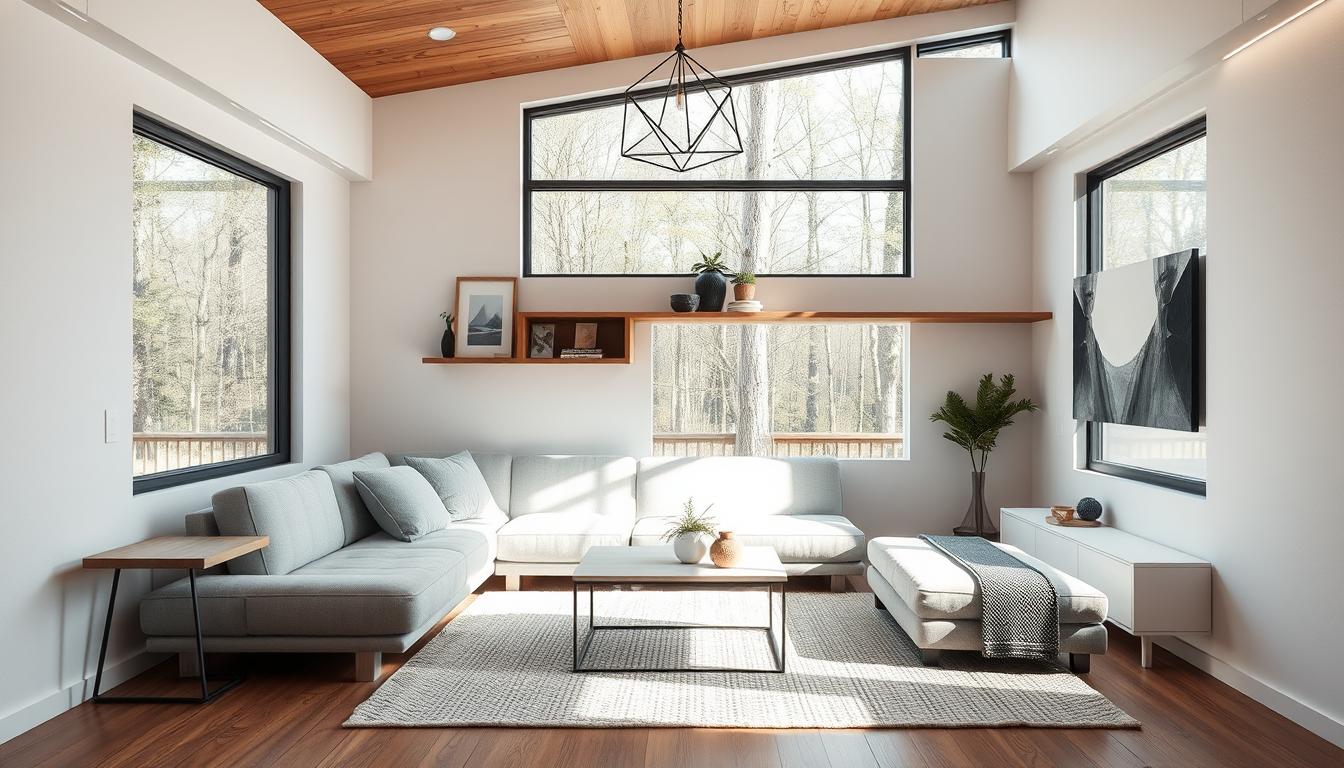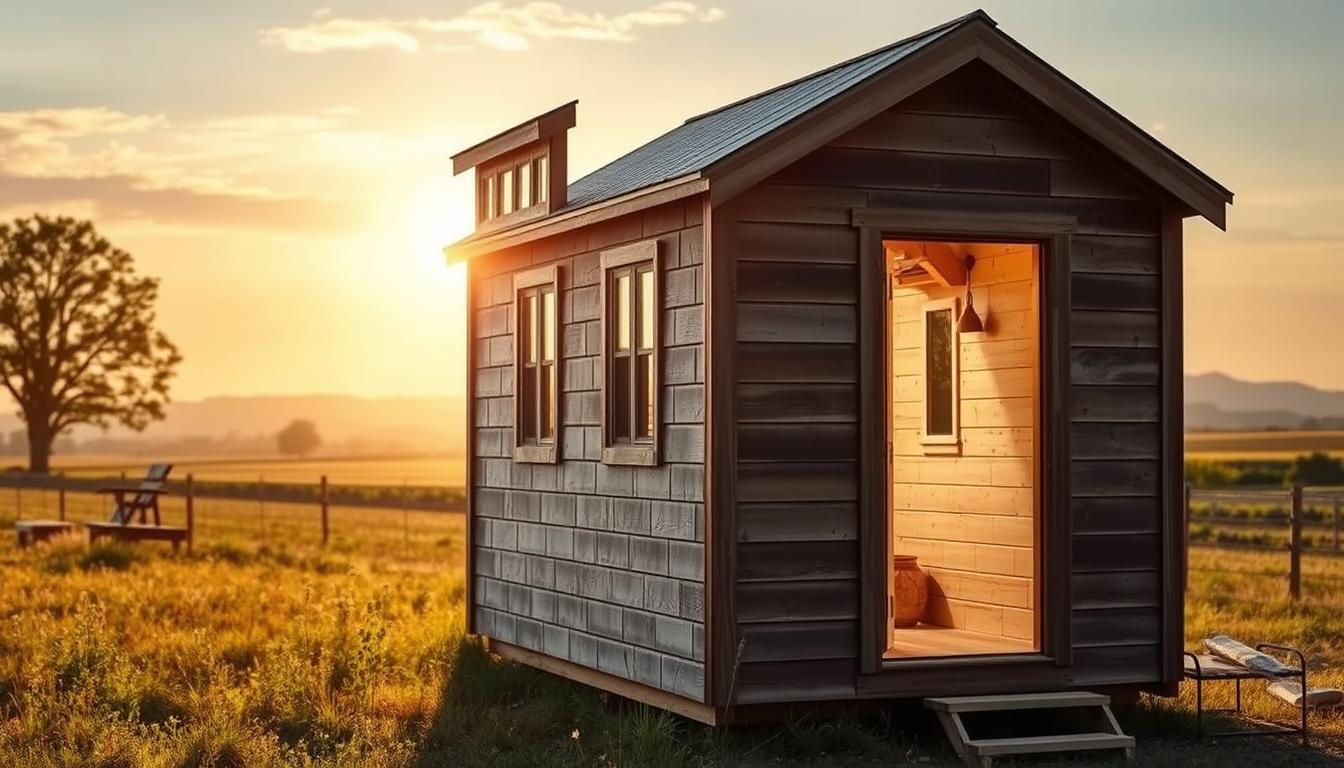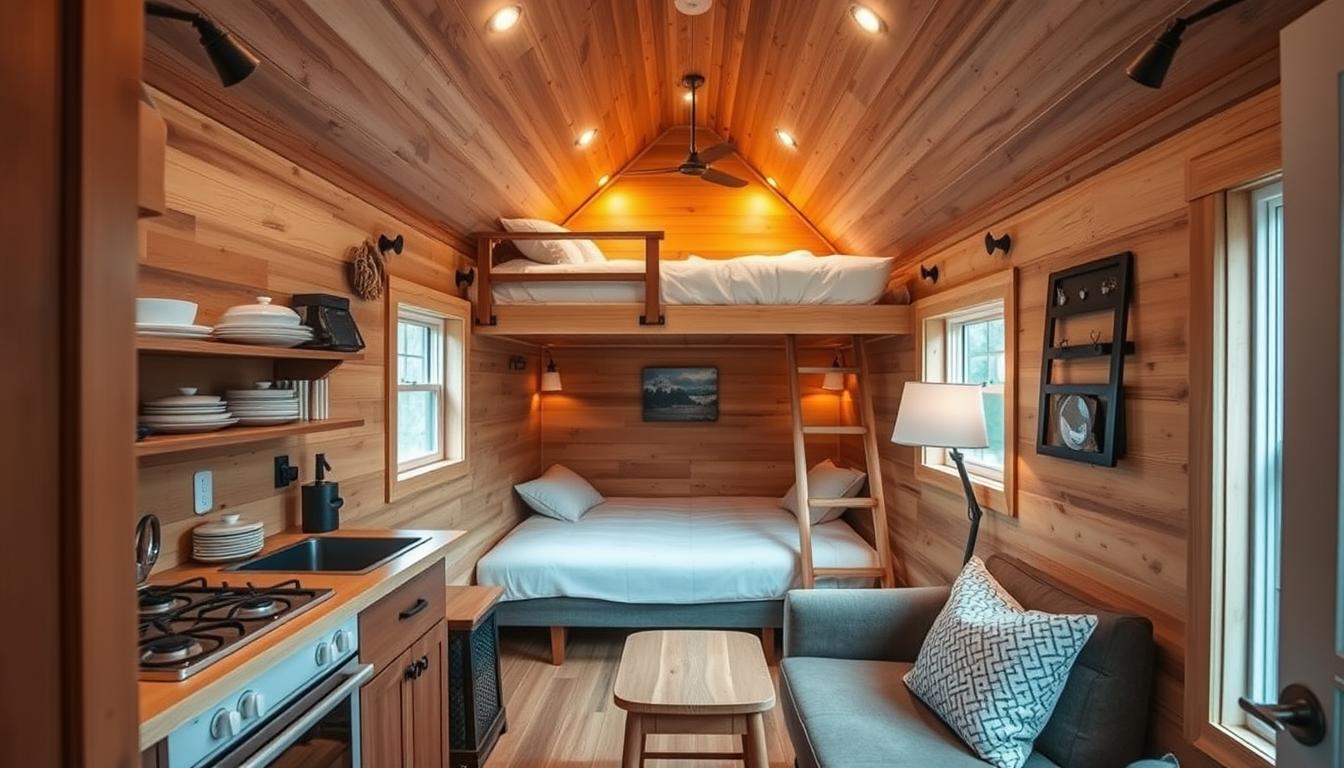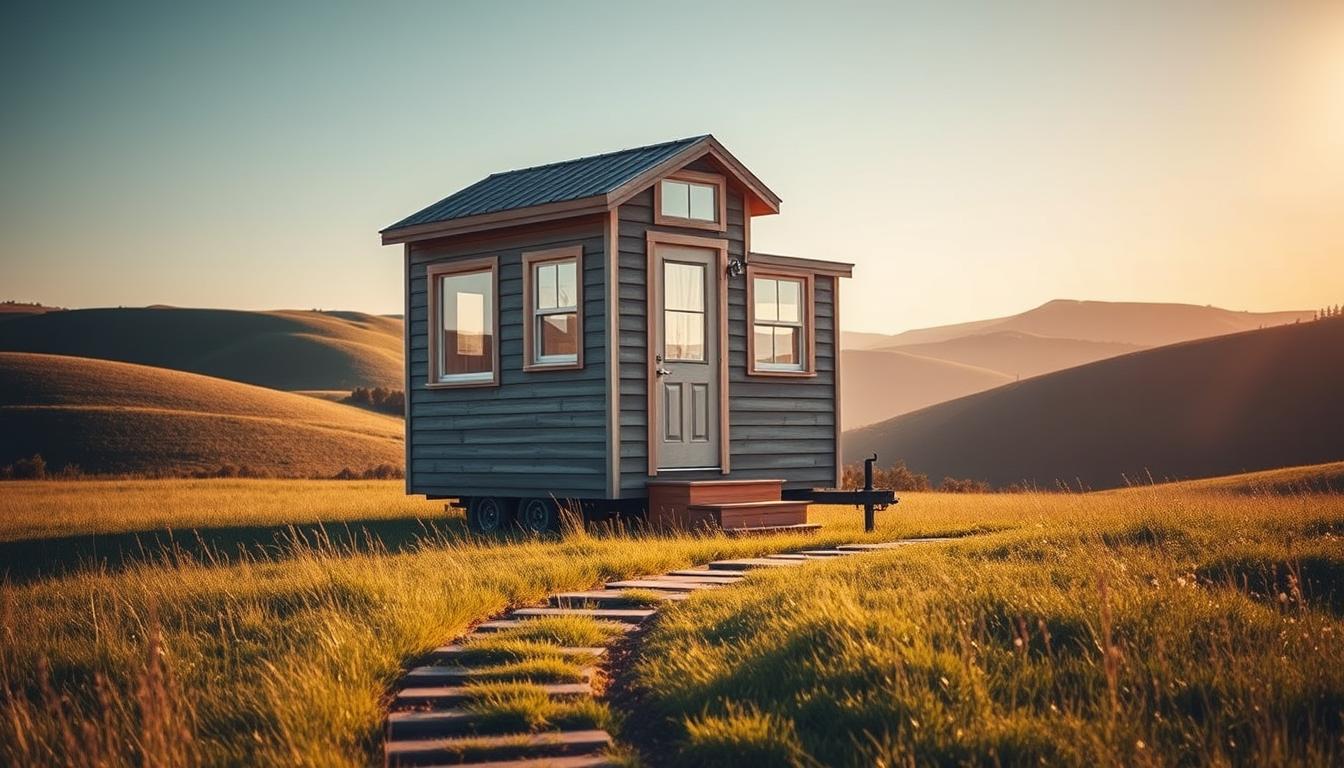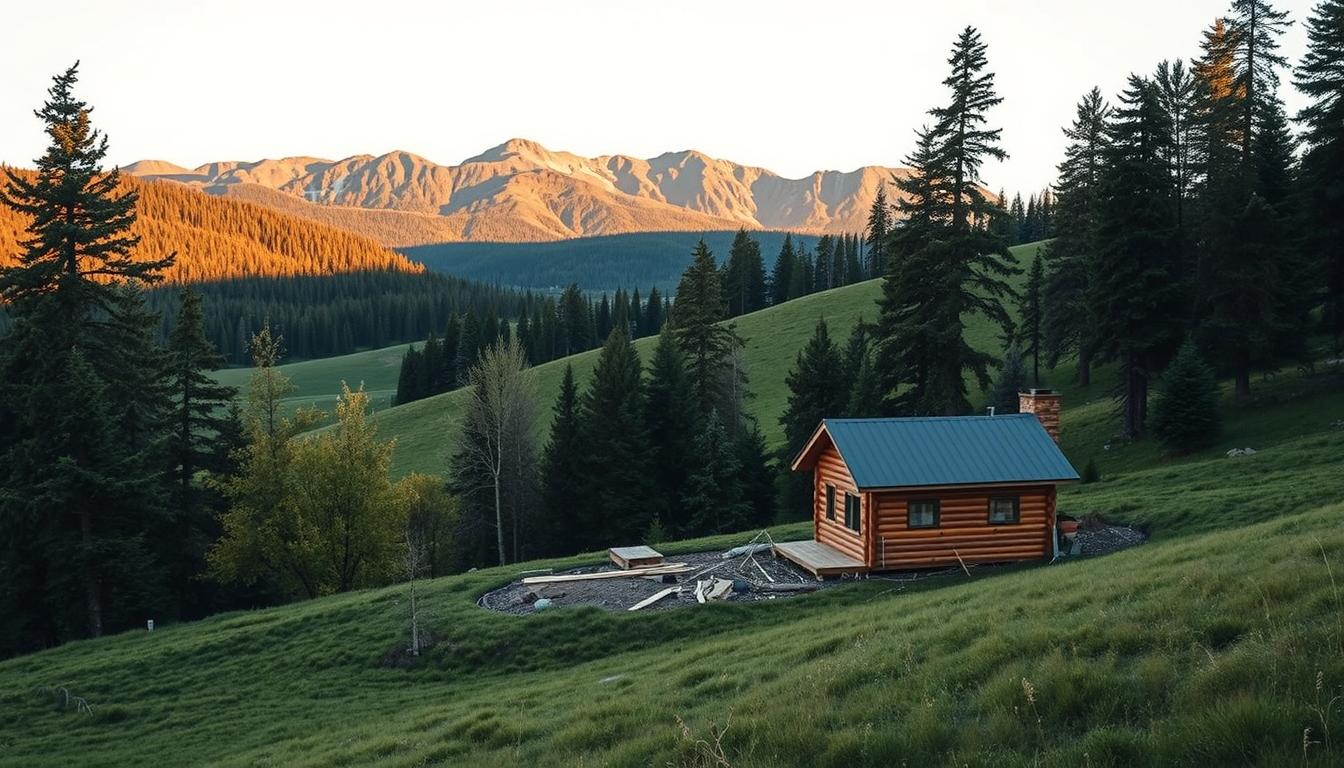The Benefits and Challenges of Purchasing Land for Your Tiny House
The tiny house movement has been growing in popularity over the past decade. More and more people are choosing to live in small, efficient homes that are designed to fit their lifestyle. However, one of the biggest challenges that comes with owning a tiny house is finding a place to park it. This is where purchasing land comes into play. In this article, we will explore the benefits and challenges of purchasing land specifically for tiny homes.
The Benefits of Tiny House Living
Tiny homes are generally less expensive than traditional homes, making them an attractive option for those looking to downsize or reduce their living expenses. They are also more energy-efficient and environmentally friendly, as they require less energy to heat and cool, and often use renewable energy sources such as solar panels. Additionally, tiny homes are designed to be customized to the owner’s needs and preferences, making them a unique and personalized living space.
The Problem of Finding Land for Tiny Homes
While tiny homes offer many benefits, one of the biggest challenges that comes with owning one is finding a place to park it. Many cities and towns have zoning laws and building codes that restrict where tiny homes can be parked, and many landowners are hesitant to split up their property to accommodate them. This can make finding land for a tiny home a difficult and time-consuming process.
The Importance of Purchasing Land for Your Tiny House
Purchasing land for your tiny house offers several benefits over renting or leasing. It provides a sense of security and stability, as the owner has complete control over the property and can make any necessary improvements or modifications. Additionally, owning land provides the opportunity to build equity and potentially increase the value of the property over time.
Conclusion
While purchasing land for your tiny house can be a challenging process, it offers many benefits over renting or leasing. It provides a sense of security and stability, and offers the opportunity to build equity and increase the value of the property over time. In the following sections, we will explore the financial considerations of buying land for a tiny house, as well as tips for finding the right location and negotiating with sellers.

Financial Considerations for Buying Land for a Tiny House
When it comes to purchasing land for a tiny house, there are several financial considerations to keep in mind. In this section, we will explore the cost differences between tiny homes and traditional homes, the factors that affect the cost of land, and financing options for purchasing land.
Cost Difference Between Tiny Homes and Traditional Homes
One of the main reasons people choose to live in tiny houses is their lower cost. According to The Tiny Life, the average cost to build a tiny house is around $23,000, while the average cost to build a traditional home is around $272,000. This means that tiny homes are significantly less expensive than traditional homes.
Factors That Affect the Cost of Land
The cost of land can vary widely depending on several factors. These factors include location, size, topography, zoning laws, and availability of utilities. Land in urban areas is generally more expensive than land in rural areas, while larger plots of land are generally more expensive than smaller plots. Additionally, land with difficult topography or limited access to utilities may be less expensive than more easily accessible land. According to Coze Living, the cost of land can also vary depending on the state and whether or not it has flexible building codes or zoning regulations.
Financing Options for Purchasing Land
There are several financing options available for purchasing land for a tiny home. These options include traditional mortgage loans, personal loans, and owner financing. Traditional mortgage loans are available through banks and credit unions, and typically require a down payment and good credit. Personal loans are available through online lenders and may be a good option for those with less-than-perfect credit. Owner financing, where the seller acts as the lender, can be a good option for those who are unable to obtain traditional financing. According to Gokce Capital, it is important to consult legal or financial professionals before making any investment decisions.
In the following sections, we will explore tips for finding the right location for your tiny home, as well as the benefits and drawbacks of urban, suburban, and rural land.
Finding Land for Your Tiny House
Finding the right land for your tiny house can be a challenging process, but it is an important step in creating a comfortable and secure living space. In this section, we will explore the importance of researching building codes and certification, water and access rights, and alternative arrangements when searching for land.
Research Building Codes and Certification
When searching for land for your tiny house, it is important to research local building codes and certification requirements. According to Tiny Living Life to ensure that the tiny home meets safety and quality standards.
Water and Access Rights
Water and access rights are also important considerations when searching for land for your tiny house. According to Tiny Living Life, water rights can vary depending on the location, and it is important to research whether the land has access to a reliable water source. Access rights, such as easements and right-of-ways, are also important to consider to ensure that you have legal access to your property.
Alternative Arrangements
When searching for land for your tiny house, it is important to consider alternative arrangements such as leasing or being a guest on someone else’s property. According to Tiny Society, leasing land can be a good option for those who are not ready to purchase land, while being a guest on someone else’s property can provide a sense of community and support.
Tips to Find the Right Location
Finding the right location for your tiny house is a key factor in creating a comfortable and secure living space. According to The Tiny Life, some tips to find the right location include:
– Utilizing personal networks and reaching out to tiny house communities
– Searching online for real estate listings that specifically mention tiny homes
– Being flexible and open to alternative arrangements
– Researching local building codes and zoning regulations
In the following sections, we will explore the benefits and
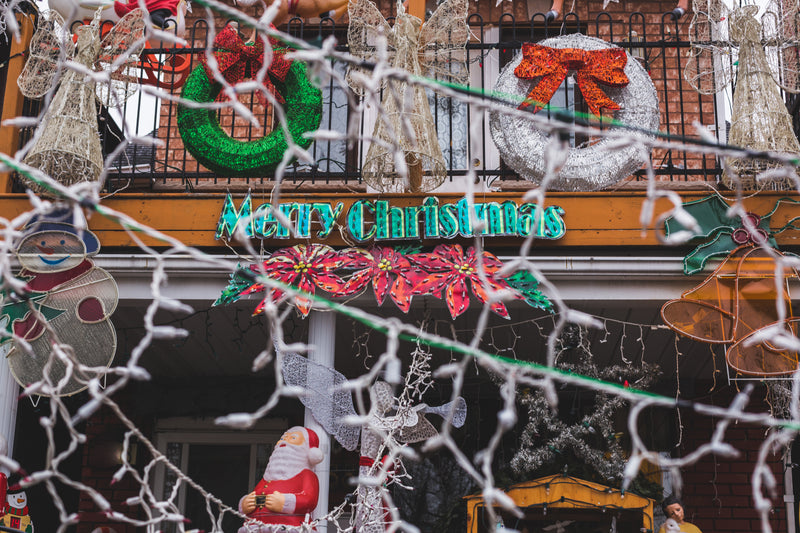
Benefits and Drawbacks of Urban, Suburban, and Rural Land for Tiny Houses
When it comes to choosing the location for your tiny house, there are several factors to consider, including the benefits and drawbacks of urban, suburban, and rural land. In this section, we will explore these factors in more detail.
Urban Land
Urban land can be an attractive option for those who want to live close to the city and its amenities. According to Coze Living, urban land can offer easy access to public transportation, entertainment, and job opportunities. However, urban land can also be expensive, noisy, and crowded, with limited space for parking and outdoor activities.
Suburban Land
Suburban land can offer a balance between urban and rural living. According to The Tiny Life, suburban land can offer a quieter and more spacious living environment than urban land, while still providing access to amenities such as shopping centers and schools. However, suburban land can also be expensive and may have restrictive zoning laws.
Rural Land
Rural land can be an attractive option for those who value space, privacy, and a connection to nature. According to Tiny Living Life, rural land can offer lower costs, more space for outdoor activities, and a greater sense of community. However, rural land may also have limited access to utilities and services, as well as long travel times to urban areas.
Flexibility and Compromise
When choosing the location for your tiny house, it is important to be flexible and willing to compromise. According to Gokce Capital, the perfect location may not be available, so it is important to prioritize your needs and be open to alternative arrangements.
In the following sections, we will explore the obstacles and alternative arrangements for finding land for your tiny house.

Obstacles to Finding Land for Your Tiny House
Finding land for your tiny house can be challenging due to several obstacles. In this section, we will explore some of the most common obstacles, including zoning laws, development costs, and limited availability of land.
Zoning Laws
Zoning laws can be a major obstacle for those looking to live in a tiny house. According to Tiny Living Life, many areas have zoning laws that prohibit or restrict the use of tiny homes as primary residences. These laws can be difficult to navigate, and it is important to research local zoning laws before purchasing land for your tiny house.
Development Costs
Development costs can also be a significant obstacle to finding land for your tiny house. According to Gokce Capital, the cost of developing land can include site preparation, utility connections, and permits. These costs can add up quickly and may be prohibitive for those on a tight budget.
Limited Availability of Land
The limited availability of land can also be an obstacle for those looking to live in a tiny house. According to The Tiny Life, many landowners are hesitant to sell or lease small plots of land, while developers may be more interested in building larger homes. This can make it difficult to find the right location for your tiny house.
Alternative Arrangements
Despite these obstacles, there are several alternative arrangements that can make finding land for your tiny house more feasible. According to Tiny Society, some alternative arrangements include:
– Leasing land instead of purchasing it
– Being a guest on someone else’s property
– Joining a tiny house community
In the following sections, we will explore the resources available for finding land for your tiny house, as well as some final tips for a successful search.

Resources for Finding Land for Your Tiny House
Finding land for your tiny house can be a daunting task, but there are several resources available to help you in your search. In this section, we will explore some of the most useful resources for finding land for your tiny house.
Real Estate Websites
Real estate websites can be a great resource for finding land for your tiny house. According to Coze Living, websites such as Zillow, Redfin, and Realtor.com can help you search for land in your desired location and price range. Some websites even have filters specifically for tiny homes, making your search easier and more efficient.
Tiny House Communities
Tiny house communities can also be a useful resource for finding land for your tiny house. According to Tiny Society, joining a tiny house community can provide access to a network of fellow tiny house owners who may have knowledge of available land in your area. These communities can also provide support and resources for building and living in a tiny house.
Local Real Estate Professionals
Local real estate professionals can provide valuable insight and assistance in finding land for your tiny house. According to Tiny Society, a local real estate agent or broker can provide knowledge of the local market, help negotiate with sellers, and provide guidance on zoning laws and regulations.
Alternative Resources
There are also several alternative resources for finding land for your tiny house. According to Gokce Capital, some alternative resources include:
– Land trusts and conservation groups
– Government surplus land auctions
– Vacant lots or abandoned properties
In the following section, we will provide some final tips for a successful search for land for your tiny house.
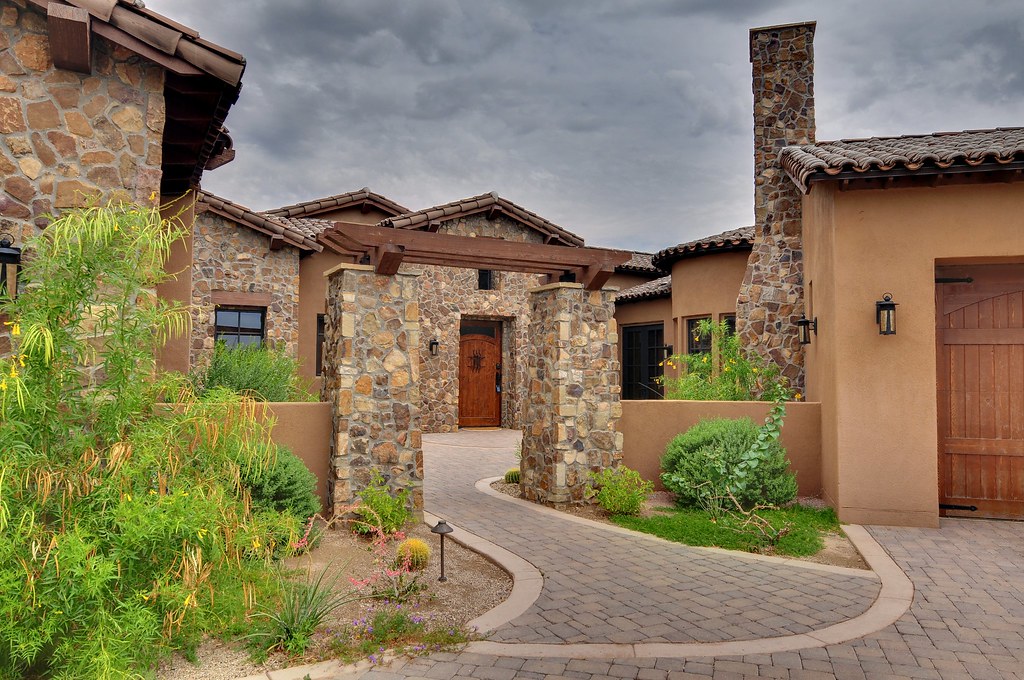
Final Tips for Finding Land for Your Tiny House
Finding land for your tiny house can be challenging, but with the right resources and strategies, it is possible to find the perfect location for your home. In this section, we will provide some final tips for a successful search for land for your tiny house.
Research Local Zoning Laws and Regulations
Before purchasing land for your tiny house, it is important to research local zoning laws and regulations. According to Tiny Living Life, many areas have strict regulations regarding the use of tiny homes as primary residences. Researching these laws can help you avoid costly mistakes and ensure that you are in compliance with local regulations.
Consider the Seller’s Perspective
When negotiating for land for your tiny house, it is important to consider the seller’s perspective. According to Tiny Society, being respectful and understanding of the seller’s needs and concerns can help you build a positive relationship and increase your chances of securing the land.
Be Open to Alternative Arrangements
As we discussed earlier, being open to alternative arrangements can help you find land for your tiny house. According to Gokce Capital, some alternative arrangements include leasing land instead of purchasing it, being a guest on someone else’s property, or joining a tiny house community.
Seek Professional Help When Needed
Finally, it is important to seek professional help when needed. According to Tiny Society, consulting with a local real estate professional, lawyer, or financial advisor can provide valuable insight and guidance throughout the process of finding land for your tiny house.
By following these tips and utilizing the resources available to you, you can successfully find the perfect location for your tiny house.

Wrapping Up
In conclusion, finding land for your tiny house can be a challenging process, but with the right resources and strategies, it is possible to find the perfect location for your home. By researching local zoning laws and regulations, considering alternative arrangements, and utilizing resources such as real estate websites and tiny house communities, you can increase your chances of finding the ideal location for your tiny house.
We hope you found this guide helpful in your search for land for your tiny house. Be sure to check out our other great content for more tips and advice on tiny house living.
Remember, the key to finding the perfect location for your tiny house is to be patient, flexible, and willing to put in the effort to find the right location for you. Good luck on your search!
Questions & Answers
Who can help me navigate local zoning laws when buying land for a tiny house?
A local real estate professional can provide guidance on local zoning laws and regulations.
What are some alternative arrangements for finding land for a tiny house?
Alternative arrangements include leasing land, being a guest on someone else’s property, or joining a tiny house community.
How can I negotiate for land for my tiny house?
Be respectful and understanding of the seller’s needs and concerns to build a positive relationship and increase your chances of securing the land.
Who can provide valuable insight and guidance in my search for land for a tiny house?
Consulting with a local real estate professional, lawyer, or financial advisor can provide valuable insight and guidance.
What are some tips for finding land for a tiny house?
Research local zoning laws, consider alternative arrangements, and utilize resources such as real estate websites and tiny house communities.
How can I ensure that I am in compliance with local regulations when buying land for a tiny house?
Researching local zoning laws and regulations can help you avoid costly mistakes and ensure your tiny home is in compliance.
